Tropism is the phenomenon where plants exhibit growth and directional movement in response to external stimuli such as light, gravity, water, touch, chemicals, and mechanical forces. Understanding the different types of tropism and how they influence plant growth and development is crucial in comprehending how plants adapt to and interact with their environment. In this article, we will explore the different types of tropism in plants, including phototropism, geotropism, hydrotropism, thigmotropism, chemotropism, and thigmomorphogenesis. By understanding the mechanisms and significance of each tropism types, we can gain a deeper insight into the ways plants respond and adapt to their surroundings.
What is Tropism?
Tropism, my plant-loving pals, is all about how plants respond to external stimuli. It’s like their way of saying, “Hey world, I’m paying attention!” But instead of waving their leafy arms around or shouting from the rooftops, they have a more subtle way of communicating. They adjust their growth patterns in response to different environmental factors, which ultimately influences how they move, grow, and survive.
Importance of Tropism in Plant
Now you might be thinking, “Why should I care about which way a plant grows?” Well, dear reader, understanding tropism is essential because it helps us grasp how plants adapt and thrive in their surroundings. By studying different types of tropism, we can gain insights into plant behavior, which can have significant implications for agriculture, horticulture, and ecological research. Plus, it’s just fascinating to see how complex and resourceful these green organisms can be!
(Also Read: What are Parasitic Plants: Examples, Types and Impact On Ecosystems…)
Types of Tropism
1. Phototropism – The Response to Light
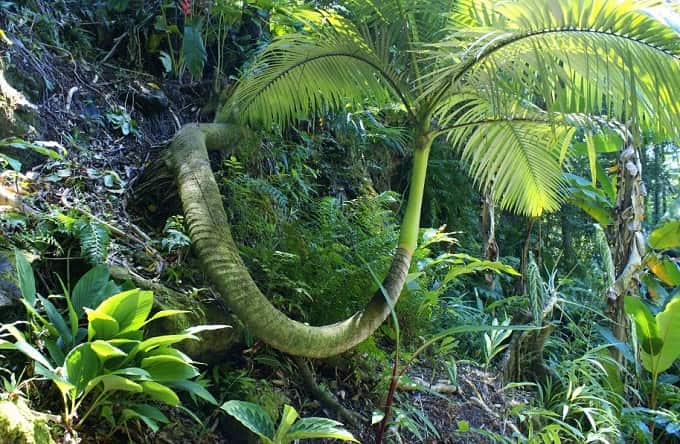
Ah, phototropism, the plant version of chasing the sun like a sunflower in a field. This type of tropism refers to how plants respond to light. You may have noticed how some plants seem to lean towards the light source, like they’re trying to get a better view of the sun. Well, that’s phototropism at work!
Mechanism of Phototropism
So how do plants know which way the light is coming from? They have a special protein called phototropin that acts like their own personal compass. When light hits these phototropins, it triggers a series of chemical reactions that result in the redistribution of plant hormones. These hormones, such as auxin, help regulate growth and bending towards the light source.
Examples of Phototropism in Plants
Some famous examples of phototropism include sunflowers following the sun’s arc throughout the day and tomato plants stretching their stems towards a bright window. It’s nature’s way of ensuring plants get their daily dose of sunlight for energy and photosynthesis. So next time you catch a plant leaning towards the light, give it a little nod of appreciation for its phototropism skills!
(Also Read: When And How To Use Lime For Garden Plants…)
2. Geotropism – The Influence of Gravity

Geotropism, my gravity-loving friends, is all about a plant’s response to the force that keeps our feet firmly planted on the ground. It’s like their way of saying, “I’m grounded, and I know it!” Geotropism is all about how plants grow and orient themselves in relation to gravity.
How Plants Detect Gravity
You might be wondering how plants even know which way is down. Well, they have some trusty organs called statoliths that help them feel the pull of gravity. These tiny particles sink to the lower parts of specialized cells called statocytes, giving plants the orientation they need. It’s like having a built-in compass for knowing which way is up, down, and all around!
Geotropism and Plant Growth
Geotropism plays a vital role in plant growth. Think about how a seed sprouts and sends its roots downward into the soil while the stem grows upward towards the sky. That’s geotropism in action! By responding to gravity, plants can ensure their roots delve deep into the ground to access water and nutrients, while their shoots reach for sunlight to fuel their growth. It’s the perfect balance between anchoring and aspiring!
(Also Read: Flower Seeds Sowing / Planting Chart – Calendar…)
3. Hydrotropism – The Reaction to Water

Now let’s dive into the world of hydrotropism, where water is the name of the game. This type of tropism involves how plants respond to water availability and distribution. It’s like their way of saying, “I’m thirsty, and I know where to find a drink!”
How Plants Respond to Water
Plants have an incredible knack for sensing where water is located. They have specialized cells called hydrotropins that can detect moisture gradients, sort of like tiny water-seeking detectives. When these cells sense a higher concentration of water, they signal the plant to grow its roots in that direction. It’s like having a built-in GPS for finding the nearest watering hole!
Significance of Hydrotropism in Plant Survival
Hydrotropism is vital for plant survival, especially in areas where water is limited. By growing towards water sources, plants can increase their chances of absorbing the precious liquid they need for photosynthesis, nutrient uptake, and overall hydration. So next time you see a plant reaching out its roots towards a water source, give it a round of applause for its hydrotropic prowess!
And there you have it, folks – a glimpse into the fascinating world of tropism. Plants may not have the ability to dance or speak their minds, but they sure know how to navigate their surroundings and adapt to whatever nature throws their way. So let’s give these green wonders a standing ovation for their outstanding tropism skills!
(Also Read: Vegetable Seeds Sowing or Planting Chart / Calendar…)
4. Thigmotropism – The Response to Touch

Touch is a powerful thing – just ask any plant! Thigmotropism is the fancy term for a plant’s response to touch. It’s like their version of a friendly handshake or a warm hug. This type of tropism is all about how plants move or grow in response to physical contact with objects in their environment.
Mechanism of Thigmotropism
So, how exactly do plants pull off this touchy-feely response? It’s all thanks to their incredible ability to sense mechanical stimulation. Special cells called mechanoreceptors allow plants to detect when they’ve been touched or brushed against. Once the plant registers this contact, it triggers a series of growth processes that help it navigate and adapt to its surroundings.
Thigmotropism Examples
Plants are full of surprises, and thigmotropism is no exception. Some famous examples of thigmotropic plants include climbing vines like ivy and morning glories, which use touch as a guide to find support structures. You’ll also find thigmotropism at play in some carnivorous plants, like the Venus flytrap, which snaps shut when its sensitive hairs are triggered by an unsuspecting insect. These plants have taken touch to a whole new level!
(Also Read: Top 10 Plants That Love High Phosphorus…)
5. Chemotropism – The Sensitivity to Chemicals

Chemotropism is all about chemistry, baby! This type of tropism is the plant equivalent of being a super sleuth, as plants have a remarkable sensitivity to chemicals in their environment. They can detect these chemical cues and use them to guide their growth and direction.
How Plants Detect Chemical Signals
Plants have some serious sniffing skills when it comes to chemical signals. They use specialized receptors to detect and interpret the presence of certain chemicals, whether they be nutrients, toxins, or even hormones. These chemical cues act as a compass for the plant, helping it navigate towards or away from certain substances.
The Role of Chemotropism in Plant Reproduction
Chemotropism plays a vital role in the world of plant reproduction. It helps guide the growth of pollen tubes towards the ovaries of flowers, ensuring successful fertilization. The chemical signals released by the female reproductive structures draw the pollen tubes towards them like a moth to a flame. It’s a botanical love story!
(Also Read: Different Types of Plants In Hindi…)
6. Thigmomorphogenesis – The Structural Adaptation to Mechanical Forces

Plants aren’t just experts at responding to touch; they can also change their physical form in response to mechanical forces. This phenomenon, known as thigmomorphogenesis, is like a botanical version of hitting the gym and getting ripped. Plants go through structural adaptations to cope with the challenges posed by mechanical stimulation.
How Plants Respond Morphologically to Mechanical Stimulation
When plants experience repeated or prolonged mechanical stimulation, they often respond by altering their growth patterns and structure. For example, in windy conditions, trees may develop thicker, sturdier trunks to withstand the constant swaying. This helps them avoid looking like a bad hair day gone wrong.
Significance of Thigmomorphogenesis in Plant Development
Thigmomorphogenesis plays a crucial role in the development and survival of plants. By adapting their structure to external mechanical forces, plants can better anchor themselves in the ground, withstand harsh weather conditions, and even increase their chances of successful pollination. It’s nature’s way of saying, “I’m flexible, but I also have boundaries!”
(Also Read: 10-Money Making Crops With Low-Investments…)
Conclusion and Summary of Tropism Types
In conclusion, plants are remarkable in their ability to adapt to their surroundings through various tropisms. thigmotropism (reaction to touch), chemotropism (response to chemical signals), and thigmomorphogenesis (structural changes due to mechanical forces), plants navigate their environment, find support, seek nutrients, and reproduce. Next time you touch a plant or see it swaying, appreciate the fascinating world of tropisms and how plants master adaptation and survival.
(Also Read: Top 10 Hormone-Balancing Foods for Optimal Health…)
FAQ Related to Tropism in Plants
Q1: What is tropism in Plants?
Ans: Tropism is the way plants grow towards or away from things like light, water, gravity, touch, or chemicals. This helps them adapt and survive in their environment.
Q2: What are the main types of tropism?
Ans: The main types of tropism include:
- Phototropism: Plants growing towards or away from light.
- Geotropism (Gravitropism): Plants growing in response to gravity, like roots growing downwards and stems growing upwards.
- Hydrotropism: Growth response to water. Roots growing towards moisture.
- Thigmotropism: Growth response to touch. Plants respond to touch, like vines wrapping around a support.
- Chemotropism: Growth response to chemicals, such as pollen tubes growing towards ovules.
Q3: What is phototropism?
Ans: Phototropism is the growth of a plant in response to light. Stems typically exhibit positive phototropism (growing towards light), while roots may exhibit negative phototropism (growing away from light).
Q4: What is geotropism?
Ans: Geotropism, also known as gravitropism, is the growth of a plant in response to gravity. Roots typically show positive geotropism (growing downwards), while stems exhibit negative geotropism (growing upwards).
Q5: What is hydrotropism?
Ans: Hydrotropism is the growth response of a plant to water. Roots exhibit positive hydrotropism by growing towards moist areas to absorb more water.
Q6: What is thigmotropism?
Ans: Thigmotropism is the growth response to touch or physical contact. It is commonly observed in climbing plants and vines, which wrap around structures for support.
Q7: What is chemotropism?
Ans: Chemotropism is the growth response to chemicals. For example, pollen tubes grow towards ovules in response to chemical signals during fertilization in flowering plants.
Q8: How do plants detect stimuli for tropism?
Ans: Plants detect stimuli through various receptors and signaling pathways. For example, light is detected by photoreceptors, gravity by statoliths in root cap cells, and water through hydrotropic sensors in root tips.
Q9: What role do plant hormones play in tropism?
Ans: Plant hormones, such as auxins, play a crucial role in tropism. Auxins are distributed unevenly in response to stimuli, causing differential growth rates in plant tissues, leading to bending towards or away from the stimulus.
Q10: How does phototropism occur at the cellular level?
Ans: In phototropism, light causes the redistribution of the hormone auxin to the shaded side of the plant. Higher auxin concentration on the shaded side promotes cell elongation, causing the plant to bend towards the light source.
Q11: Why is tropism important for plants?
Ans: Tropism is essential for plant survival and growth. It helps plants maximize light exposure for photosynthesis, obtain water and nutrients, and anchor themselves firmly in the soil.
Q12: How can understanding tropism benefit agriculture?
Ans: Understanding tropism can help in developing better agricultural practices. For instance, manipulating light conditions can enhance crop yields, and understanding root tropisms can improve water and nutrient uptake.
Q13: Can you give an example of phototropism?
Ans: A common example of phototropism is a sunflower plant bending towards the sunlight throughout the day to maximize light absorption for photosynthesis.
Q14: What is a practical example of thigmotropism?
Ans: The coiling of tendrils in climbing plants like peas and cucumbers around a support structure is a practical example of thigmotropism.
Q15: Is tropism observed in all plants?
Ans: Tropism is observed in most plants, although the specific type and extent of response can vary among different species and environmental conditions.
Q16: Where can I learn more about plant tropism?
Ans: For more information, you can refer to botany textbooks, scientific journals, and online resources such as educational websites and videos that explain plant physiology and growth responses.

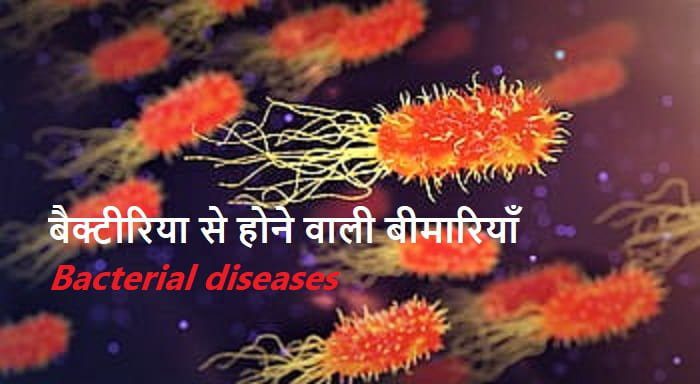
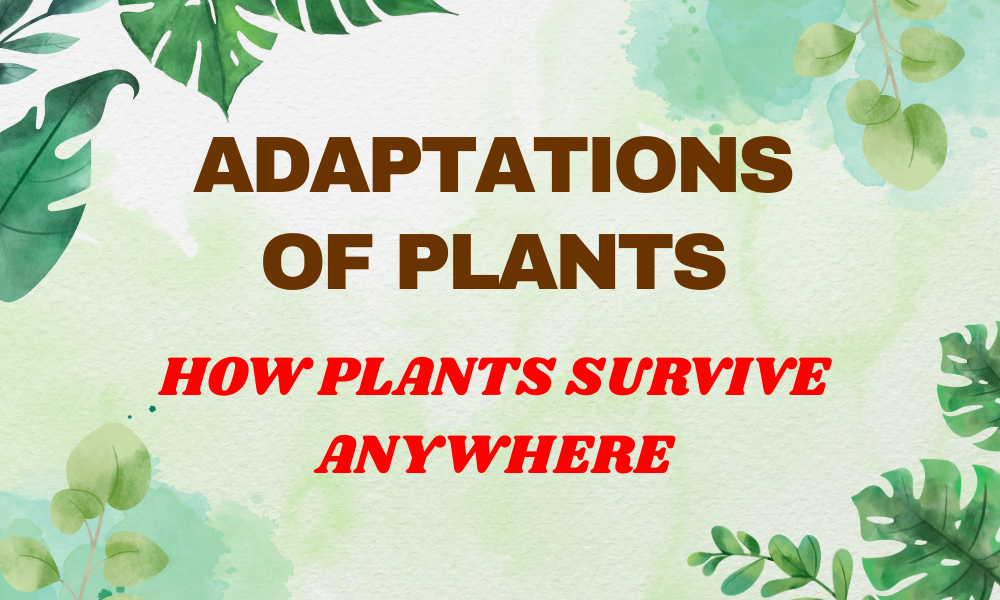






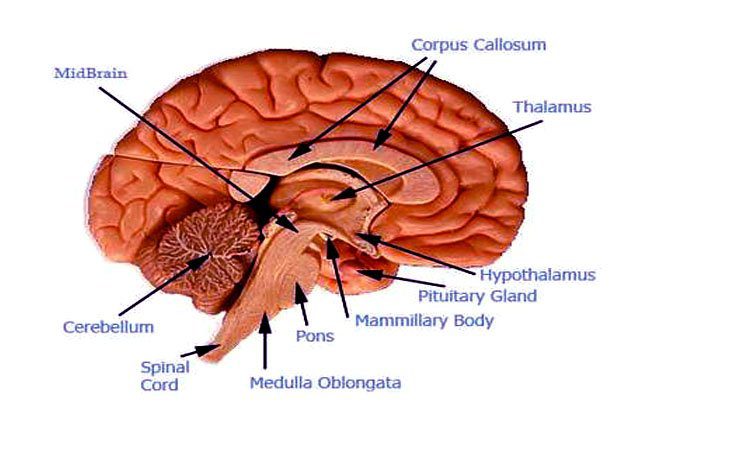


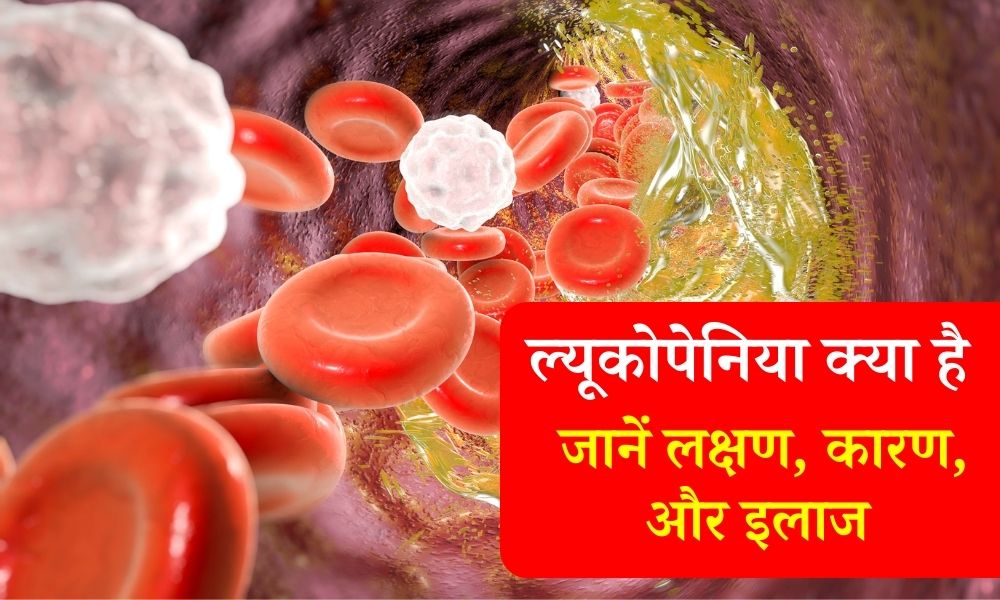

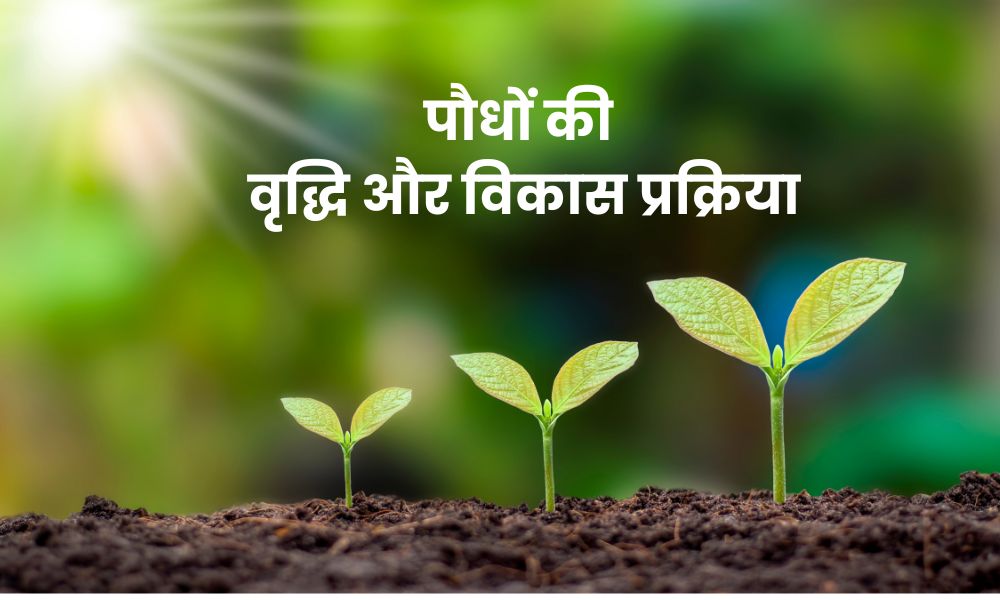

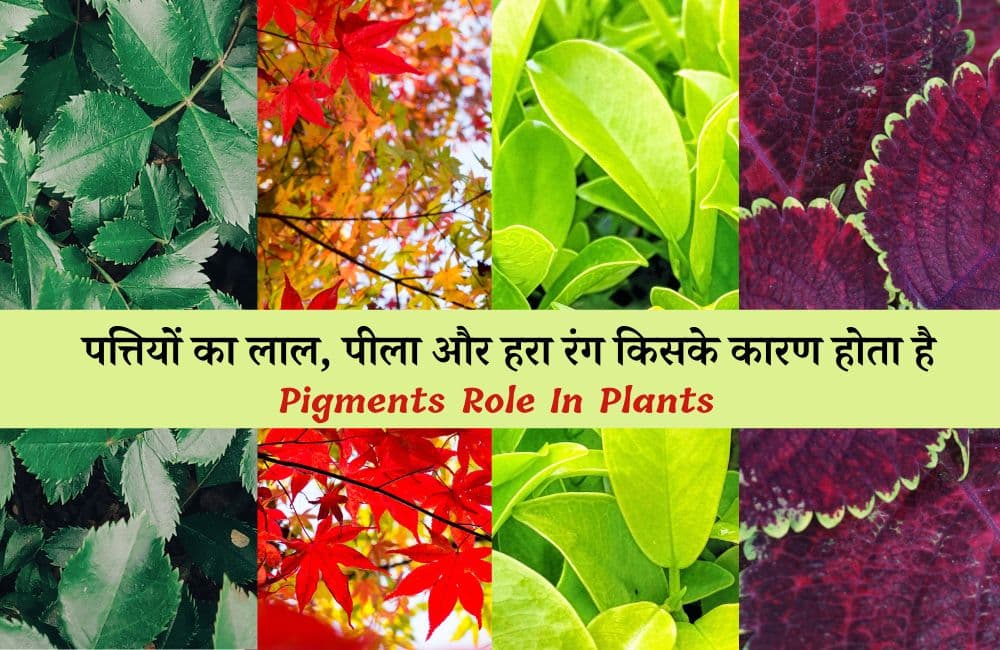
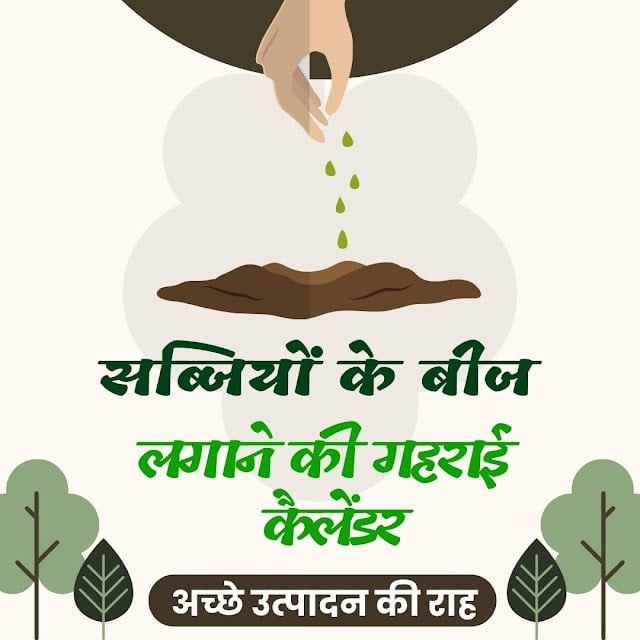






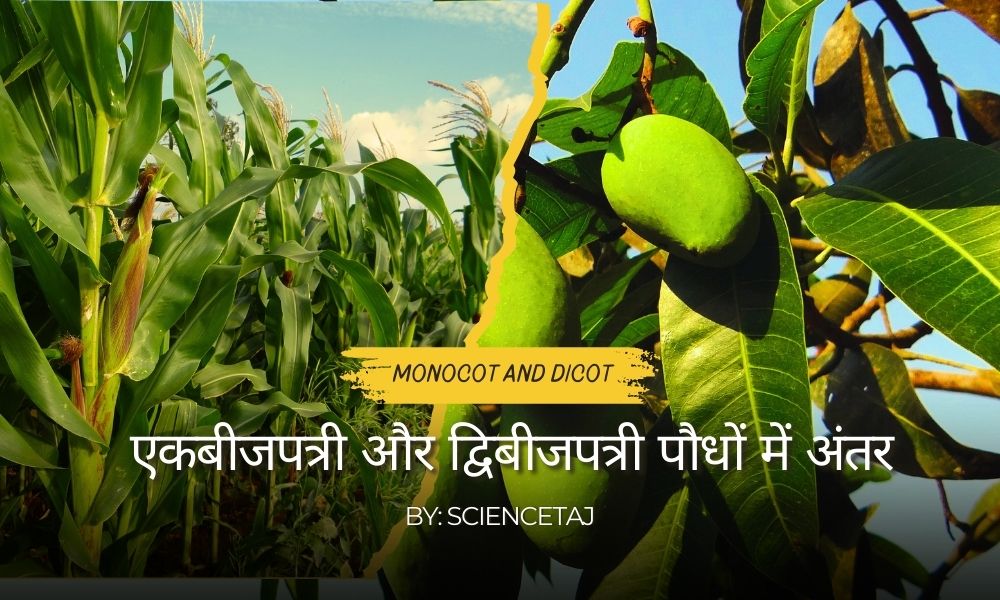
OGGreenThumb
How do I choose the right soil for different types of flowers?